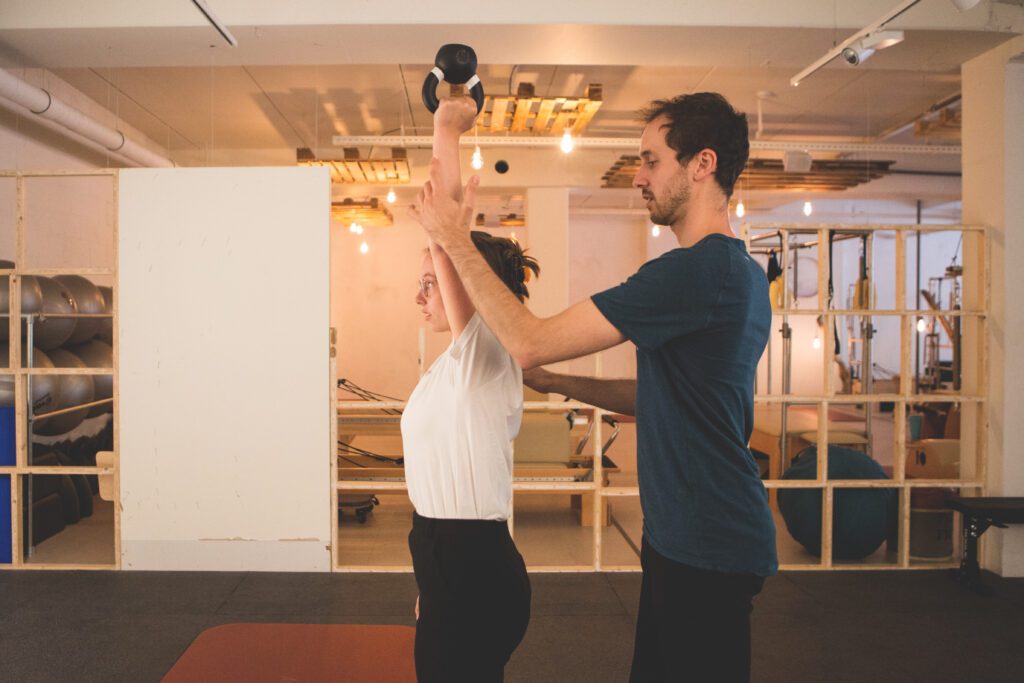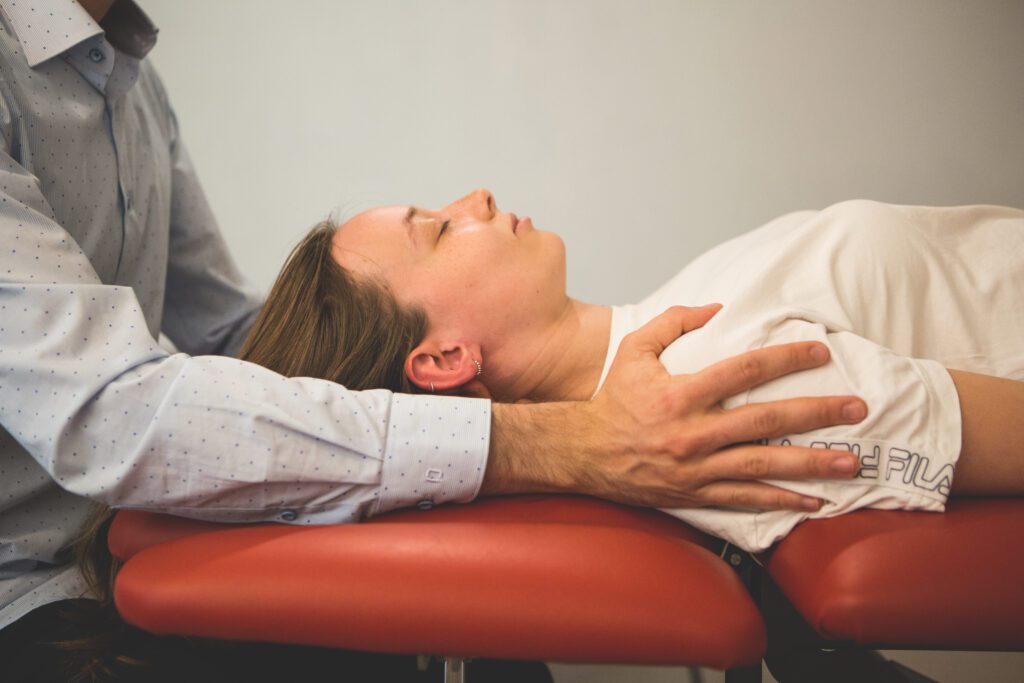So, what’s the deal with strength training!?
The latest research indicates that appropriately prescribed and supervised resistance training can offer unique benefits for children and adolescents. It is however important to do strength training with proper technique, under the eye of a qualified health professional (7). And it should follow the recommended loads, sets and repetitions appropriate for the child’s age (7). This is what we at Waves try to establish. Under the eye of our physiotherapist Femke, your kids will have fun and practice resistance training in a safe way!
References
- Dahab, K.S. and McCambridge, T.M. (2009) Strength training in children and adolescents: Raising the bar for young athletes?, Sports health. U.S. National Library of Medicine.
- Falk, B., & Dotan, R. (2019). Strength training in children. Harefuah, 158(8), 515-519.
- Faigenbaum, A. D., Stracciolini, A., MacDonald, J. P., & Rial Rebullido, T. (2022). Mythology of youth resistance training. Br. J. Sports Med.
- Liguori, G. & American College of Sports Medicine (ACSM). (2021). ACSM’s Guidelines for Exercise Testing and Prescription (Eleventh, Paperback). Wolters Kluwer.
- Chaput, J. P., Willumsen, J., Bull, F., Chou, R., Ekelund, U., Firth, J., … & Katzmarzyk, P. T. (2020). 2020 WHO guidelines on physical activity and sedentary behaviour for children and adolescents aged 5–17 years: summary of the evidence. International Journal of Behavioral Nutrition and Physical Activity, 17(1), 1-9.
- Hidding, L.M. et al. (2017) Why do children engage in sedentary behavior? child- and parent-perceived determinants, International journal of environmental research and public health. U.S. National Library of Medicine.
- Myers, A.M., Beam, N.W. and Fakhoury, J.D. (2017) Resistance training for children and adolescents, Translational pediatrics. U.S. National Library of Medicine.
- The Neuroprotective Effects of Exercise: Maintaining a Healthy Brain Throughout Aging. Brain Plast, 2018. 4(1): p. 17-52.
Author: Femke Rits & Maarten Wuyts
Physiotherapists at Waves
Disclaimer:
This site cannot and doesn’t contain medical/health advice. The medical/health information is provided for general informational and educational purposes only and is not a substitute for professional advice. Accordingly, before taking any actions based upon such information, we encourage you to consult with the appropriate professionals.



